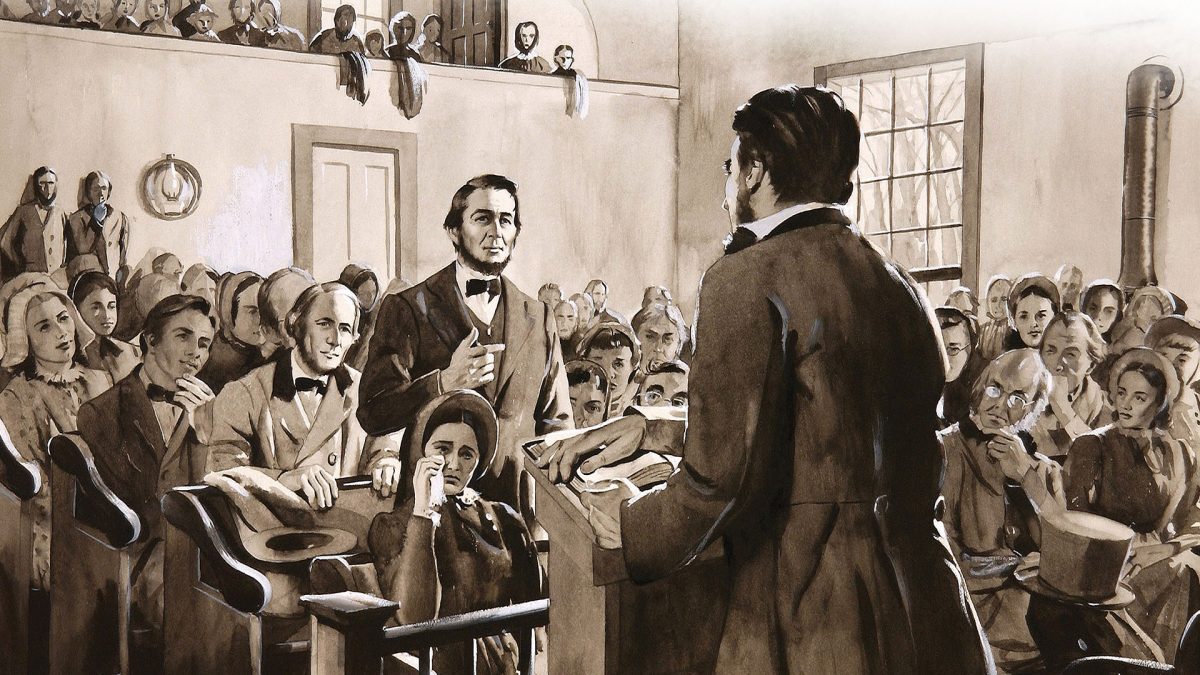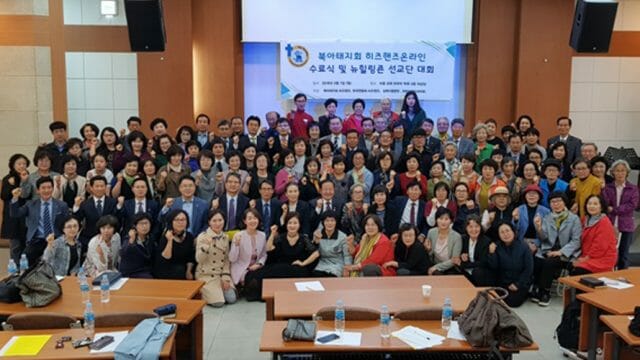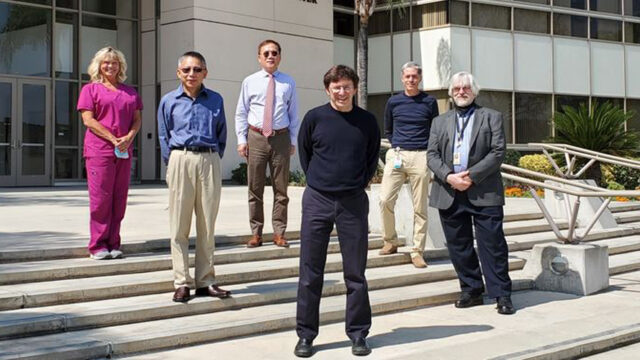A call for testimony revival

Early Adventist worship had different essential elements that connected people to God and each other. Bible study in Sabbath School and preaching the Word through a Bible-based message were complemented by the “social meeting,” or planned sharing time.
It might occur in connection with Sabbath School, follow the morning sermon, or appear in an afternoon meeting. There was a culture of speaking in church with sincere testimonies of encouragement, experience, providence, answered prayer, and praise, as well as confession and even exhortation.
As a young girl Ellen Harmon was introverted and shy. During 1843 or early 1844 she found the courage to pray out loud for the first time during a meeting at her uncle’s home in Portland, Maine, United States. She had struggled with doubts about her conversion. This prayer transformed her Christian experience.
She said, “As I prayed, the burden and agony of soul that I had so long endured left me, and the blessing of the Lord descended upon me like the gentle dew. I praised God from the depths of my heart. . . . The Spirit of God rested upon me with such power that I was unable to go home that night.”¹ Shortly after this, at a Millerite meeting in Portland, she shared her testimony: “The simple story of Jesus’ love to me fell from my lips with perfect freedom, and my heart was so happy to be liberated from its bondage of dark despair that I lost sight of the people around me and seemed to be alone with God. I found no difficulty in expressing my peace and happiness, except for the tears of gratitude that choked my utterance as I told of the wondrous love that Jesus had shown for me.”²
Levi Stockman, an Adventist minister who had privately talked with young Ellen about her struggles, was present at this meeting. He was so affected that he “wept aloud,” praising God for the blessing given to the girl he had recently seen so overcome with discouragement and fear.
Ellen, later to be called to prophetic ministry as the Lord’s messenger, was soon asked again to share her testimony at a nearby Christian chapel. As she expressed her love for Jesus with subdued heart and tearful eyes, the “melting power of the Lord came upon the assembled people. Many were weeping and others praising God.” A call for sinners to rise for prayer was made with wonderful effect.³
PLANNED TESTIMONY TIMES
These dynamic expressions of living faith and revival as illustrated by Ellen White’s early experience were characteristic of early Adventist worship. Throughout the nineteenth and early twentieth centuries Seventh-day Adventist worship included planned testimony times. People were invited to respond to the message given and share their own experience with God.
The “social meeting” was a significant feature at the organization of the Michigan Conference in 1861 and of the General Conference in 1863. “Our ministers had unusual freedom in preaching the Word, and the social meetings were excellent, especially the general conference meeting on Sunday evening. . . . The time was filled up with short testimonies from many brethren and sisters. A calm, sweet, melting spirit pervaded the meeting making it the best of the kind we ever witnessed.”⁴
Church leaders at those conferences placed social meetings at the heart of evangelism and church organization. They recommended that when an evangelist held meetings in new areas, “a leader be appointed, and let social meetings be continued till such time as the individuals become thoroughly acquainted with each other, and ascertain with whom they can have fellowship, and who are qualified for the important duties of officers of the church.”⁵ Then the congregation would be organized.
This approach was affirmed by Ellen White in Australia in 1894. J. O. Corliss introduced the personal sharing time to the small “Seven Hills” congregation following a moving message from Ellen White. “We then had a social meeting. This was a new exercise to those who had newly come to the faith, but Elder Corliss called upon one after another to be witnesses for the Lord Jesus until all but one of the believers bore testimony.” Ellen White observed: “We keep before them the fact that the social meeting will be the best meeting in which they may be trained and educated to be witnesses for Christ.”⁶
SHORT AND MULTIFACETED
She gave practical counsel that these sharing times should not be dominated by one or two people. “There should be a spirit of confession to God, and an acknowledgment of His blessings, with thanksgiving.”⁷ “In conclusion I would say, on the Sabbath, when the people assemble for worship, let the discourse be short, and let all be given an opportunity to bear testimony.”⁸
Sharing personal experiences with others helps us understand our need of God’s blessing and builds relationships between people. It provides a living way for the Holy Spirit to impress hearts and connect people to God.
The Bible is filled with stories of struggles and personal faith. The Holy Spirit uses these stories, along with our own, to bring personal and congregational revival. One of the reasons we love the Psalms is that they honestly express heart need, confession, petition, promise, praise, and stories of the mighty acts of God.
In these last days the wonderful promise to us is clear: “And they overcame him by the blood of the Lamb and by the word of their testimony, and they did not love their lives to the death” (Rev. 12:11). What would happen if every church had sharing and testimony meetings? Satan would be overcome through both the redeeming blood of Jesus and the word of our testimony.
¹ Ellen G. White, Testimonies for the Church (Mountain View, Calif.: Pacific Press Pub. Assn., 1948), vol. 1, p. 31.
² Ibid., p. 32.
³ Ellen G. White, Life Sketches (Mountain View, Calif.: Pacific Press Pub. Assn, 1915), p. 41.
⁴ [James White], “Michigan General Conference,” Review and Herald, Oct. 8, 1861, p. 148; see also [James White], “The Conference,” Review and Herald, May 26, 1863, p. 204.
⁵ J. N. Loughborough, Moses Hull, M. E. Cornell, “Conference Address,” Review and Herald, Oct. 15, 1861, p. 156; see also Report of the General Conference of Seventh-day Adventists [1863], pp. 8, 9.
⁶ Ellen G. White, “Meeting at Seven Hills,” manuscript 32, 1894.
⁷ Ellen G. White letter 279, 1905, in Ellen G. White, Manuscript Releases (Silver Spring, Md.: Ellen G. White Estate, 1990), vol. 9, p. 97.
⁸ Ellen G. White letter 187, 1904, in ibid.








